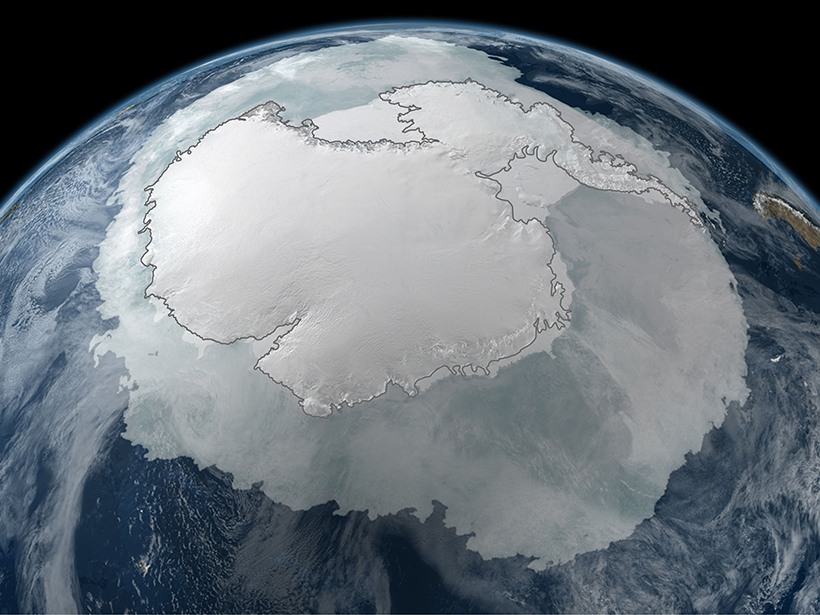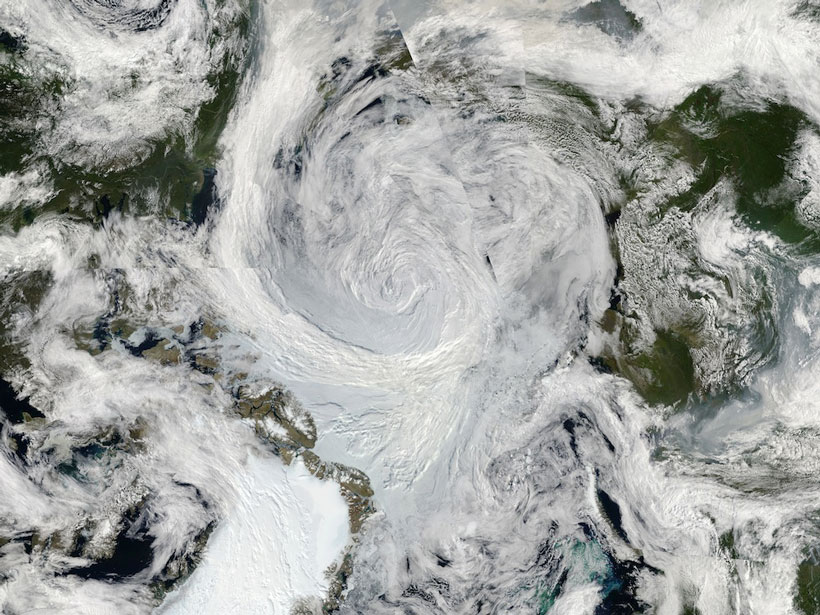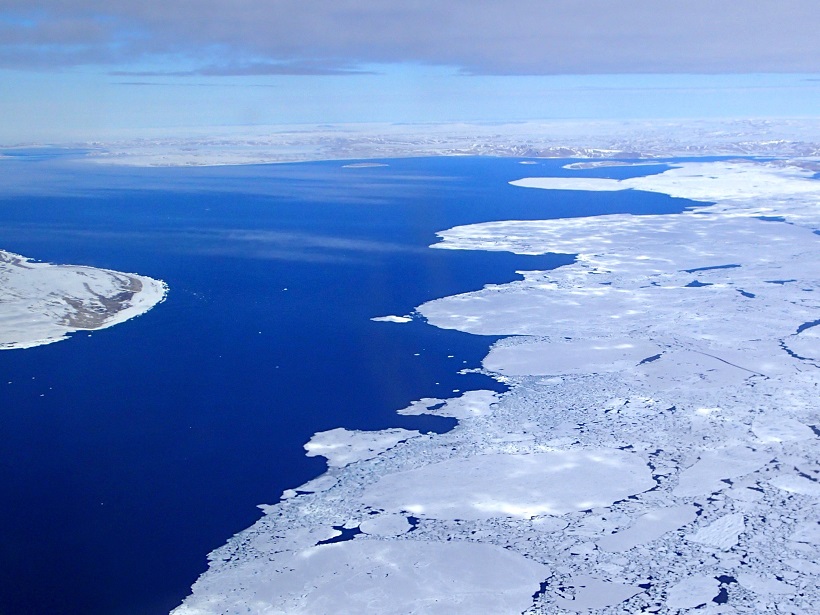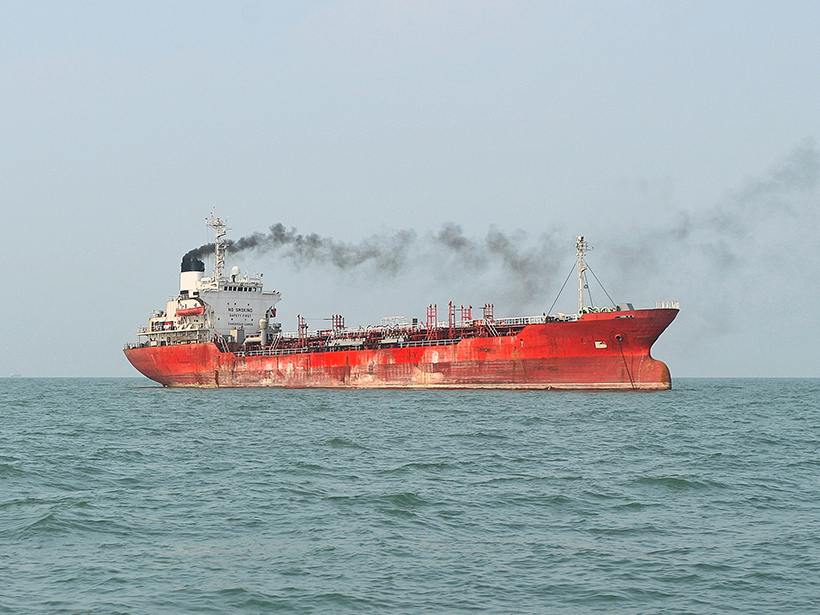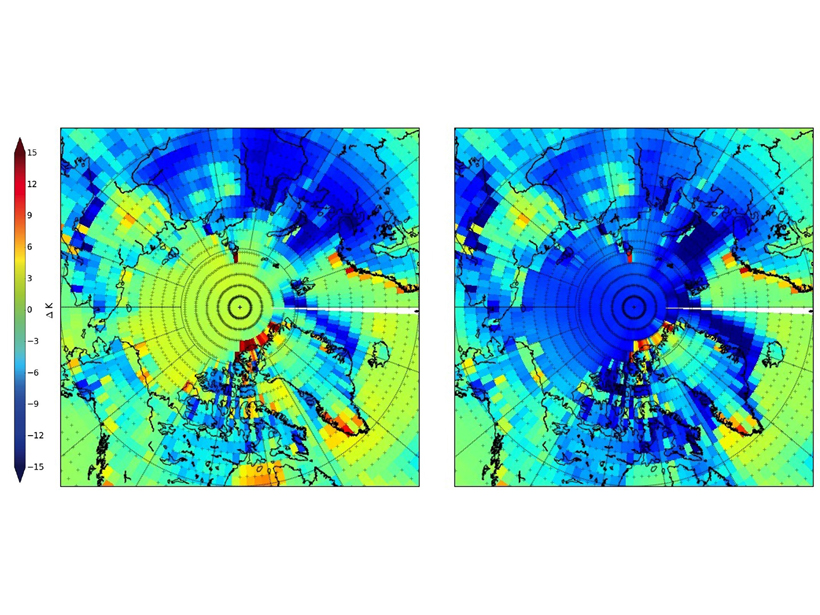Ice formed in coastal nurseries along Russia’s Arctic coast is melting before it can float far offshore. Scientists are worried about what that means for wildlife.
sea ice
Understanding Past Changes in Southern Ocean Sea Ice
C-SIDE Workshop; Vancouver, British Columbia, Canada, 24–26 October 2018
How Arctic Cyclones Change the Sea Ice
Whirlwinds disrupt the sea ice in the Arctic Ocean. Scientists are now beginning to understand how.
Autumn in the Arctic
With refreezing in the western Arctic Ocean shifting later into the autumn, field research on changing air-ocean-ice interactions suggests that the Arctic is shifting to a more seasonal system.
Atmospheric Aerosol in the Changing Arctic
Warming and sea ice loss in the Arctic are affecting the complex interactions between the atmosphere, ocean, land, and ice-covered areas, including the formation and transport of aerosol.
Brown Carbon from Increased Shipping Could Harm Arctic Ice
Emission from a ship’s engine gives clues to how much light-absorbing molecules may build up on and above snow and sea ice. Such emissions are likely to increase as more ships venture into the Arctic.
Exploring a More Dynamic Arctic Icescape
A joint special issue presents new findings from a field campaign in the Arctic Ocean which highlights key processes that need to be taken into account to predict the future of the Arctic ice pack.
Emperor Penguins’ Huddles Change in Response to Weather
How quickly the penguins huddled when weather worsened provided clues about their feeding success and how climate change may alter the Antarctic biosphere, according to scientists.
Spectral Surface Emissivity Improves Arctic Climate Simulation
Improving the representation of surface emissivity in the Community Earth System Model reduces its Arctic winter cold bias from 7 to 1 Kelvin degree.
Sea Ice Loss Suppresses Some Effects of Climate Change
Polar amplification could counteract weather patterns shifting toward the poles.


